
Vertigo is a common condition that causes a sensation of spinning or dizziness, making even simple daily tasks feel like a challenge. Often caused by inner ear issues, migraines, or other medical conditions, vertigo can leave you feeling off-balance, lightheaded, and disoriented. While medications and medical interventions are available, incorporating yoga into your routine can be a natural and effective way to manage these symptoms. Yoga helps improve balance, enhance blood flow, and calm the nervous system, making it a great tool for those suffering from vertigo.
Table of Content:-
To understand how yoga can help in alleviating vertigo dizziness, OnlyMyHealth interacted with Himalayan Siddhaa Akshar, Author, Columnist, Founder — Akshar Yoga Kendraa, Yoga and Spiritual Leader, Bengaluru.
Here are seven yoga poses recommended by Akshar that may help alleviate vertigo and its associated dizziness:
1. Child's Pose (Balasana)
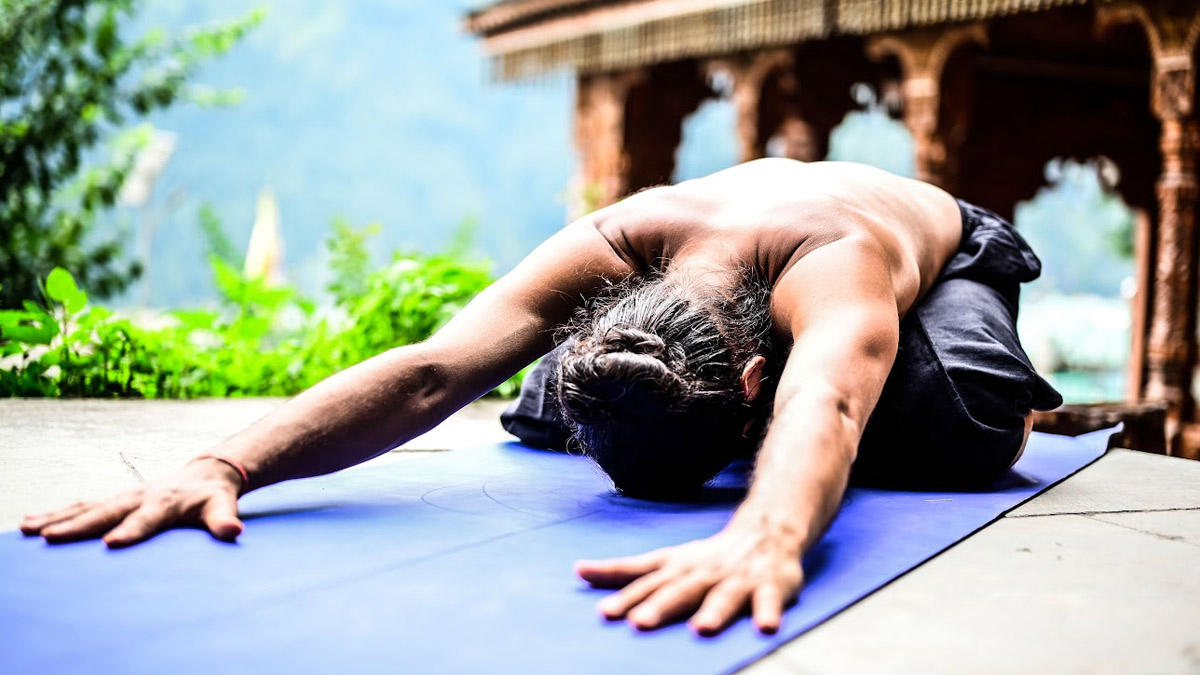
According to Akshar, child's pose is a gentle, calming posture that can help relieve tension in the neck and shoulders, areas often affected by vertigo.
- Kneel on the floor with your big toes touching and knees hip-width apart.
- Sit back on your heels and fold forward, extending your arms in front of you.
- Rest your forehead on the mat and breathe deeply for 1-3 minutes.
2. Legs-Up-the-Wall Pose (Viparita Karani)
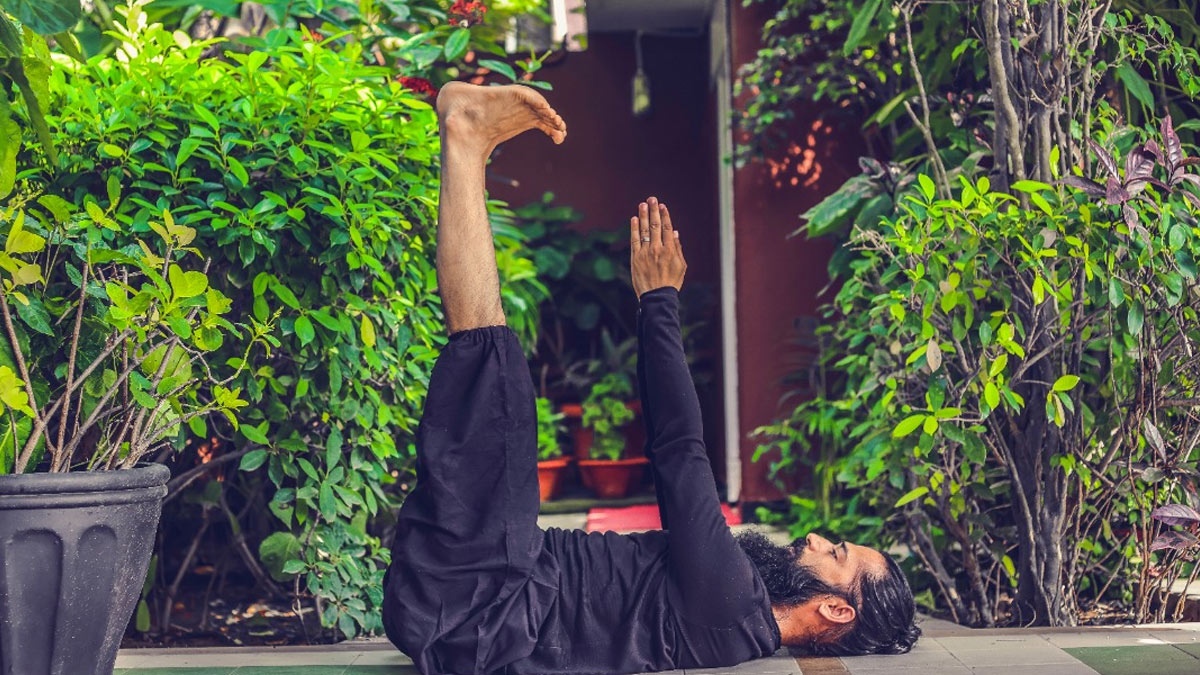
Akshar said, “This inverted pose can help improve circulation and reduce stress, potentially alleviating vertigo symptoms.”
- Lie on your back with your buttocks close to a wall.
- Extend your legs up the wall, keeping them straight.
- Rest your arms by your sides, palms facing up.
- Hold this position for 5-10 minutes, focusing on deep, steady breaths.
Also read: Suffering From Cervical And Spondylitis Neck Pain? Try These Yogasana For Relief
3. Corpse Pose (Savasana)
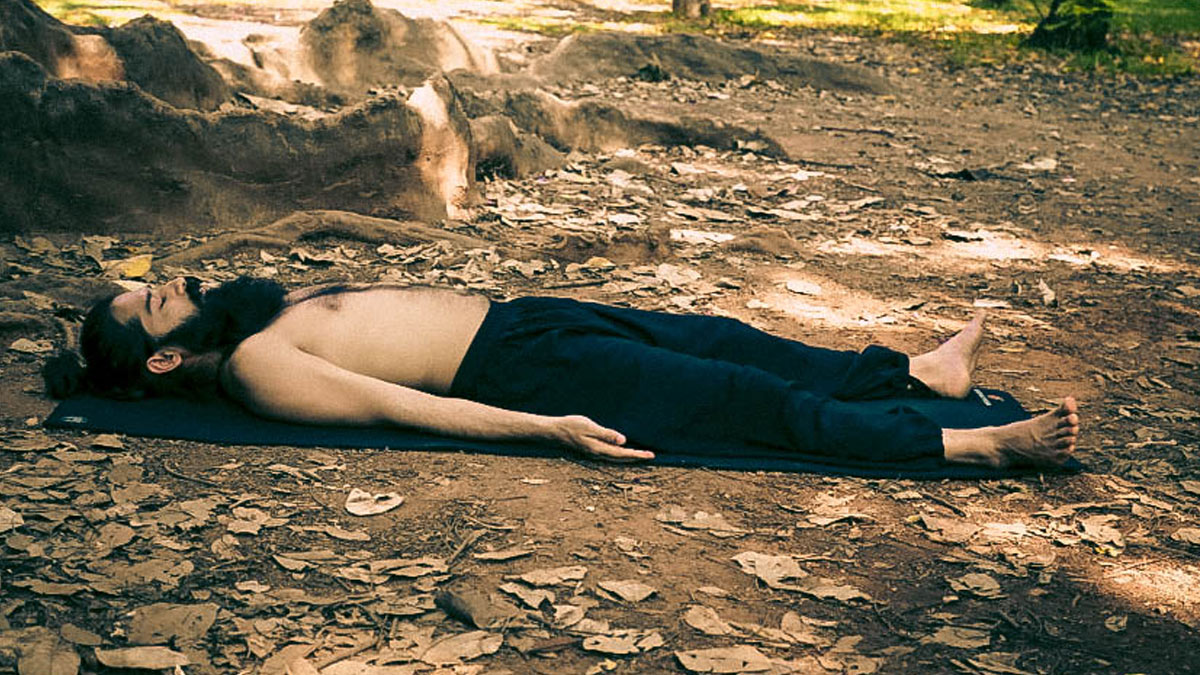
Savasana promotes deep relaxation and can help reset your nervous system, potentially reducing vertigo symptoms.
- Lie flat on your back with your legs slightly apart and arms at your sides.
- Close your eyes and focus on your breath, allowing your body to completely relax.
- Stay in this pose for 5-10 minutes.
4. Standing Forward Bend (Padahastasana)
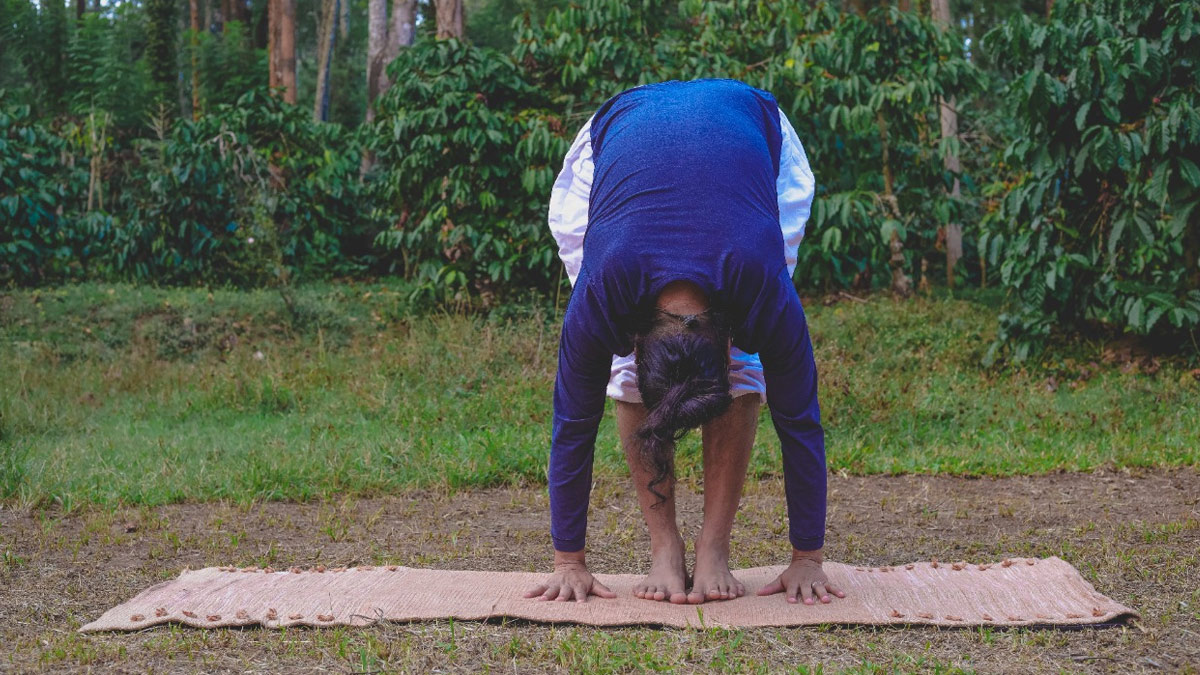
This pose can help improve blood flow to the brain and relieve tension in the neck and shoulders.
- Stand with your feet hip-width apart.
- Slowly bend forward from the hips, keeping your knees slightly bent.
- Let your head and arms hang loosely towards the floor.
- Hold for 30 seconds to 1 minute, breathing deeply.
5. Cat-Cow Pose (Marjaryasana)
Akshar notes, “This gentle flow can help improve spinal flexibility and neck mobility, potentially easing vertigo symptoms.”
- Start on your hands and knees in a tabletop position.
- As you inhale, arch your back and look up (Cow Pose).
- As you exhale, round your spine and tuck your chin to your chest (Cat Pose).
- Repeat this flow for 1-2 minutes, moving with your breath.
Also read: How To Maintain Hormonal Balance With Yoga
6. Tree Pose (Vrikshasana)
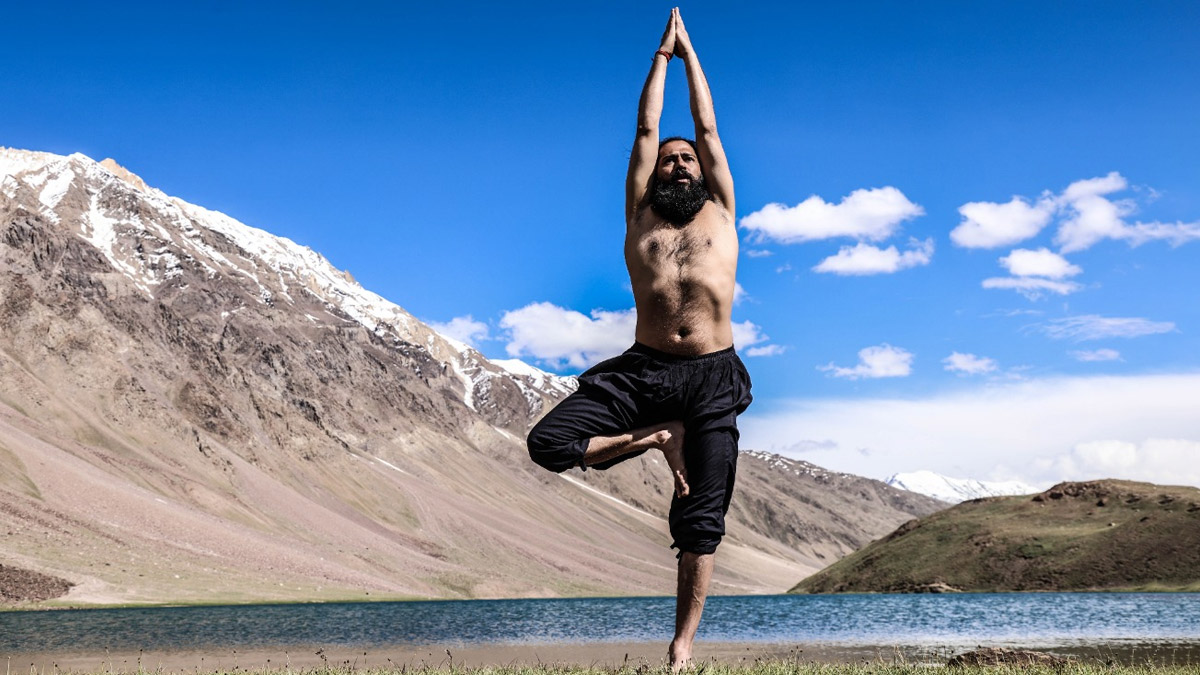
Tree Pose can help improve balance and focus, which are often compromised in those experiencing vertigo.
- Stand on one leg, placing the sole of your other foot on your inner thigh or calf (avoid the knee).
- Bring your hands together at your heart center or raise them overhead.
- Focus on a fixed point in front of you to maintain balance.
- Hold for 30 seconds to 1 minute on each side.
7. Half Moon Pose (Ardha Chandrasana)
This challenging balance pose can help strengthen your core and improve overall equilibrium.
- Start in a standing forward bend.
- Shift your weight onto your right foot and lift your left leg parallel to the floor.
- Place your right hand on the floor or a block, extending your left arm towards the ceiling.
- Turn your gaze towards your left hand or keep it on the floor if that feels more comfortable.
- Hold for 30 seconds to 1 minute, then repeat on the other side.
“Remember to practice these poses slowly and mindfully, especially if you're prone to dizziness. It's crucial to listen to your body and stop if you feel any discomfort or increased vertigo symptoms,” Akshar cautioned. Always consult with your healthcare provider before starting any new exercise regimen, particularly if you have a medical condition like vertigo.
Regular practice of these yoga poses, combined with proper medical treatment, may help manage vertigo symptoms and improve your overall sense of balance and well-being. As with any wellness practice, consistency is key – try to incorporate these poses into your daily routine for the best results.
Also watch this video
How we keep this article up to date:
We work with experts and keep a close eye on the latest in health and wellness. Whenever there is a new research or helpful information, we update our articles with accurate and useful advice.
Current Version